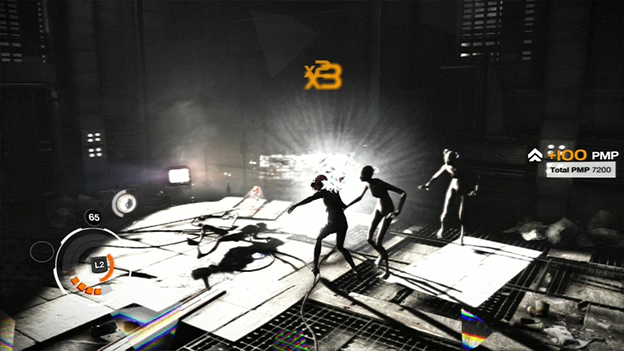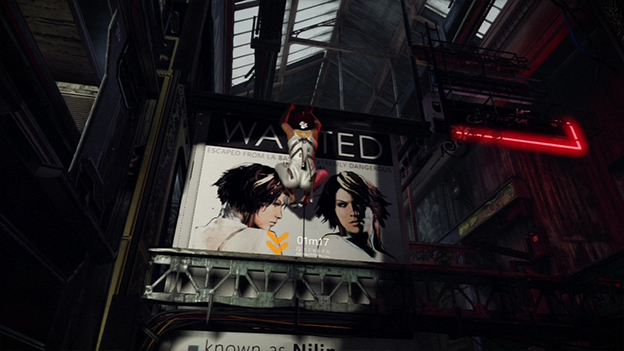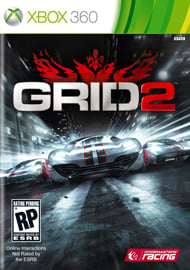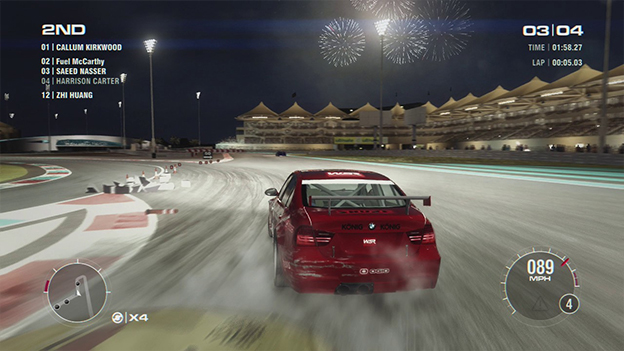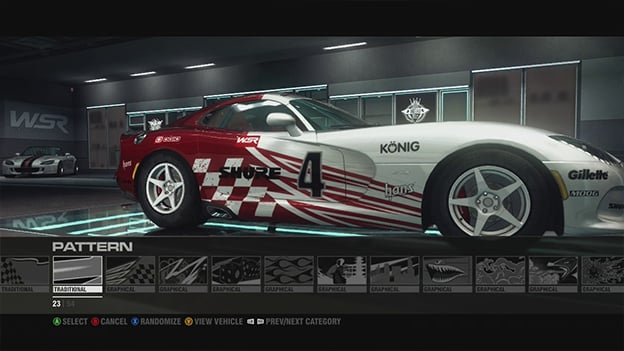
A Classic-Style RPG
by Robert VerBruggen
by Robert VerBruggen
It's just like your favorite RPGs from the mid-1990s—except, in a lot of ways, better.
Is it heresy to say that? Probably, but it's also true. On the Rain-Slick Precipice of Darkness 4, the final entry in the Penny Arcade Adventures series, owes an enormous debt to games like Chrono Trigger and Final Fantasy VI --but it also features improved gameplay and writing that is far more entertaining. If you're one of those gamers who are still stuck in the '90s, or if you just love the Penny Arcade webcomic, this is a must-buy at $5.
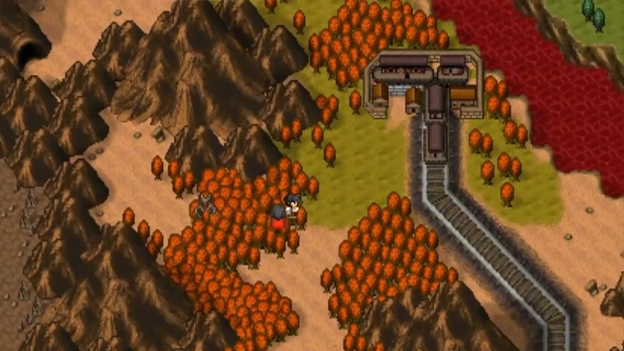
I'm probably not quite the target audience for this game. I've played plenty of old RPGs, but I never touched the previous games in the Penny Arcade Adventures series, and I've rarely read the comic. Still, it didn't take long for this world to draw me in completely. As the plot skips from location to location and you control different parties, you find that all of the characters are lively and funny, cracking jokes as they advance the story.
As the game begins, the gang is trapped in hell--or rather Underhell, which is a place below Overhell. The normal world has been destroyed, everyone has moved to another dimension, and the only way out might be to destroy this world too. Apparently, that's the only way to create a new world worth living in. This quirky and bizarre story is a perfect fit for the Penny Arcade universe.
But Precipice 4 isn't just good for laughs. It also updates the classic RPG formula in ways that make it a lot more fun--and a lot less work.
Pretty much everything that irritated you about Super Nintendo RPGs is gone here. There are no random battles-- all the enemies man up and show themselves right on the map screen. You can save at any time. Your HP, MP, and even potions regenerate after each battle. There's no grinding.
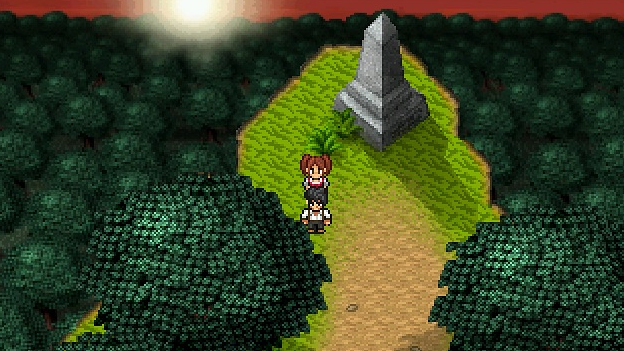
Basically, every fight is its own event; if you barely win, you won't be almost dead before the next battle even starts, and if you lose, you can try again without losing a ton of progress. Not only does this ease your frustration, but it makes the game playable in smaller chunks if you don't want to sink hours into it at a time. (This would be great for a mobile phone, but so far the game is available only on PC and Xbox 360.)
The combat uses an Active Time Battle system, which it depicts in an interesting fashion. In most ATB games, each character has a separate bar and gets to take a turn when the bar is full. By contrast, Precipice 4 has a single line at the top of the screen, and all the combatants are shown running from left to right. As a character approaches the right-hand side, the game will pause to allow you to enter a command, and when the attack occurs, the character returns to the left side. It's a nice visual representation--cleaner and more informative than what other games do. You can tell, at a glance, what order the characters will be attacking in.
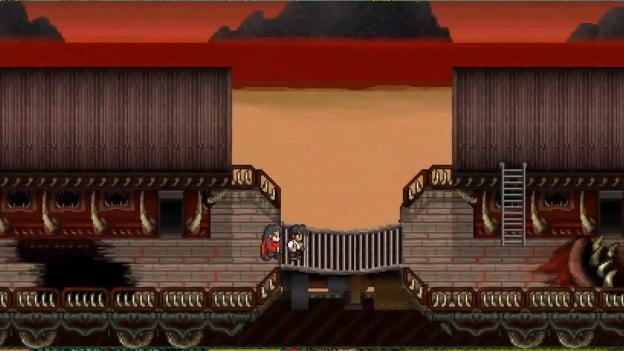
MP is handled differently here, too. Each character gets one point each turn, rather than having a set amount of it. This way, you can save up your magic for a big attack or choose to spend it on a series of smaller attacks, and you never completely run out.
What's more, the fighters you control are monsters rather than the main characters of the storyline--the story's characters serve as "trainers," giving special boosts and abilities to the monsters under their command. You can move monsters between trainers, changing their stats. As the difficulty increases, it becomes more and more important to choose the right trainers for each battle.
Source: http://www.cheatcc.com
Source: http://www.cheatcc.com

